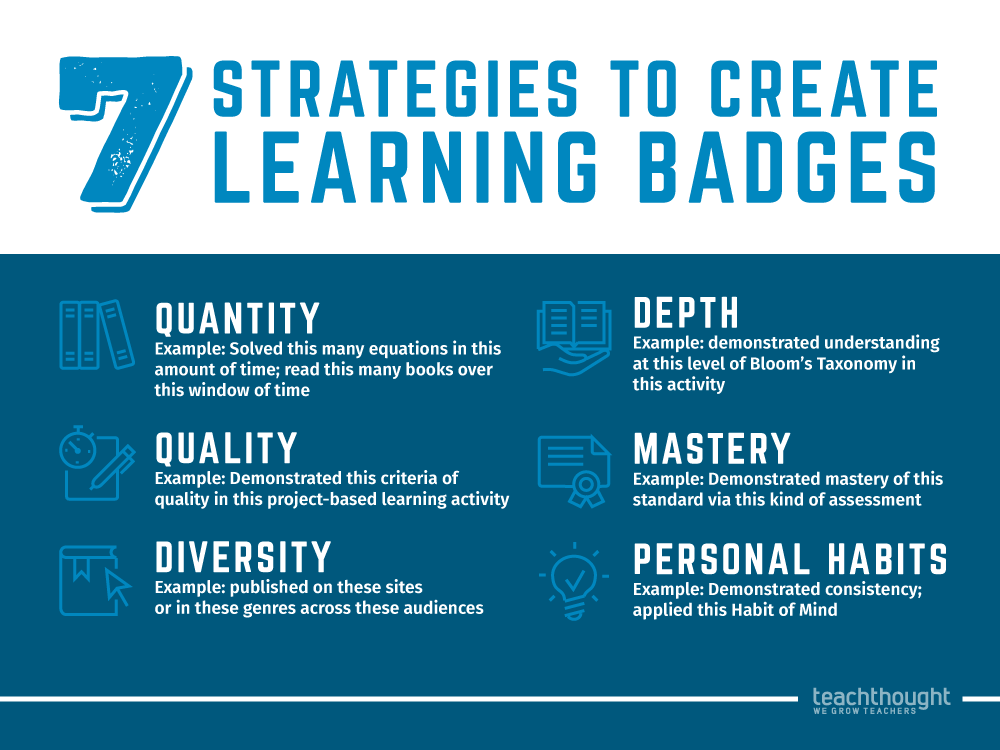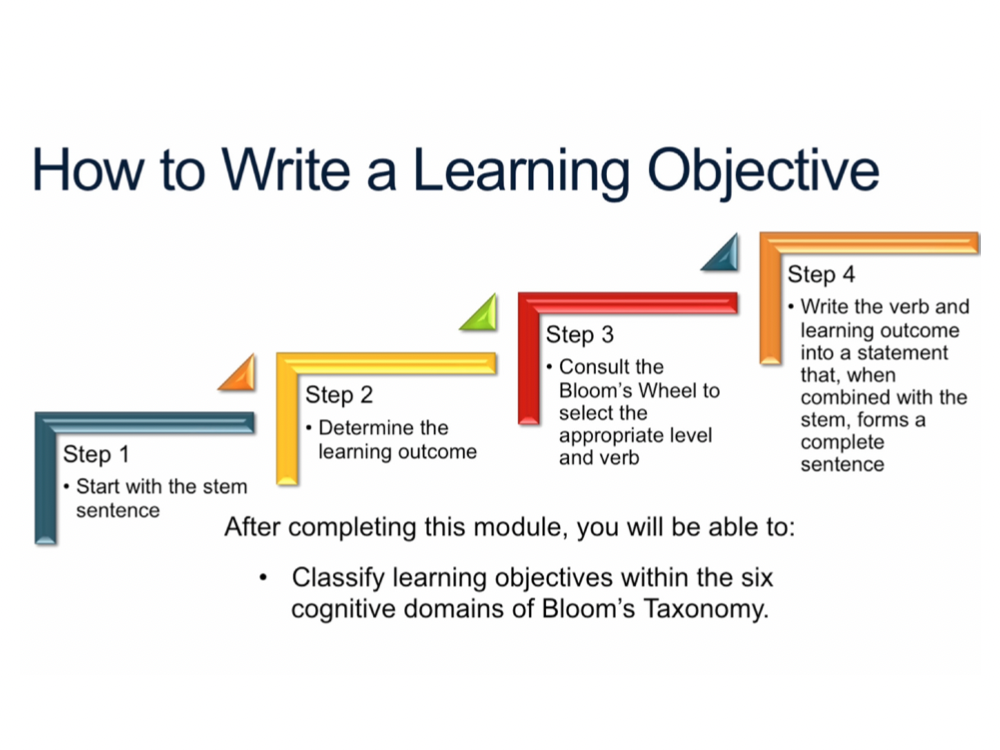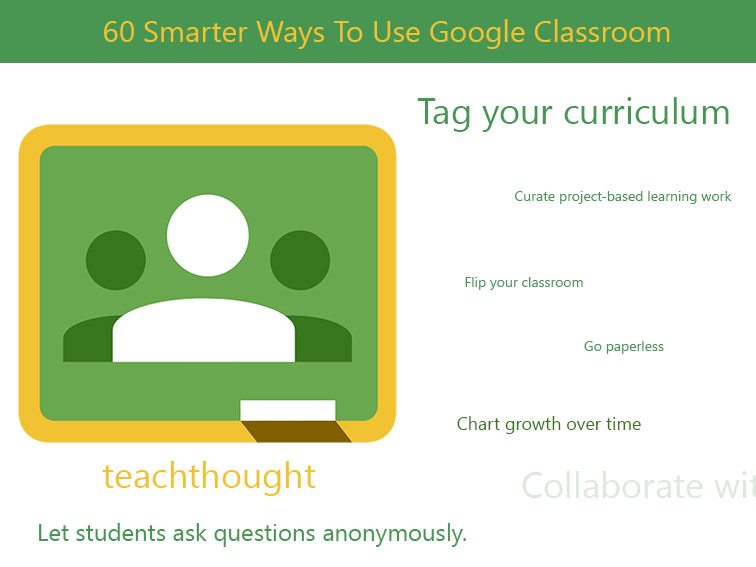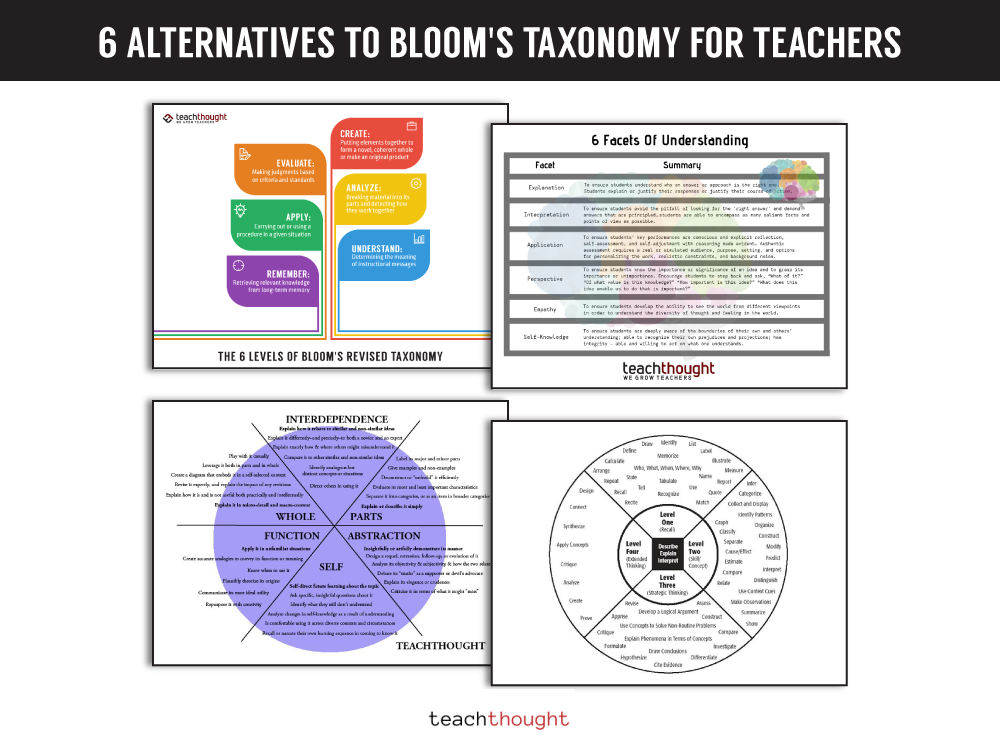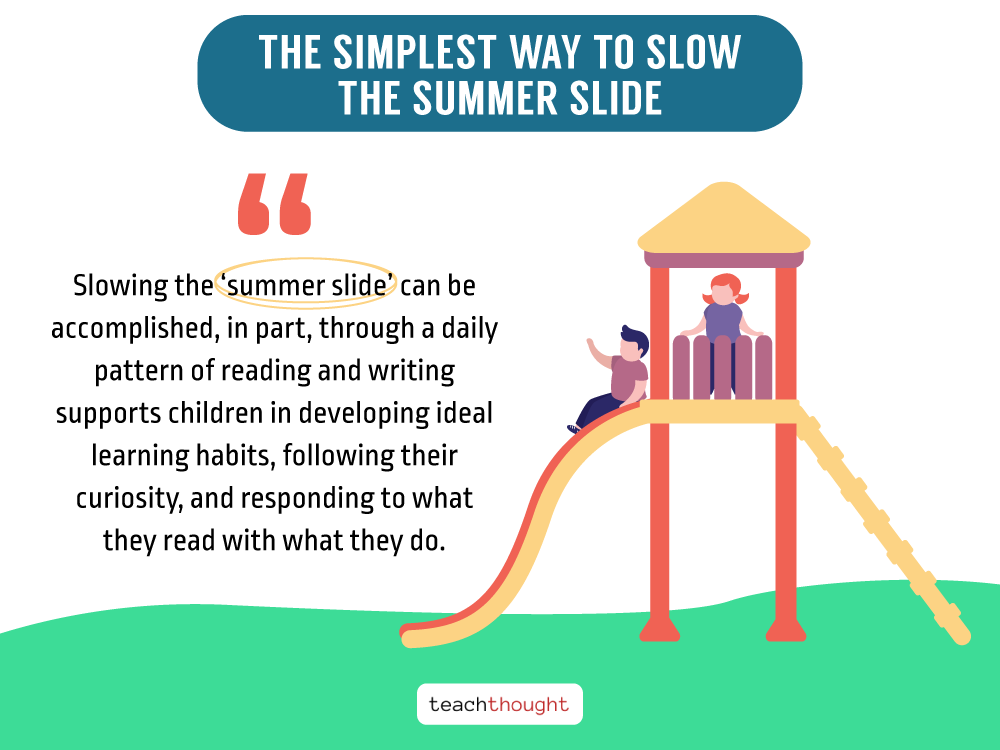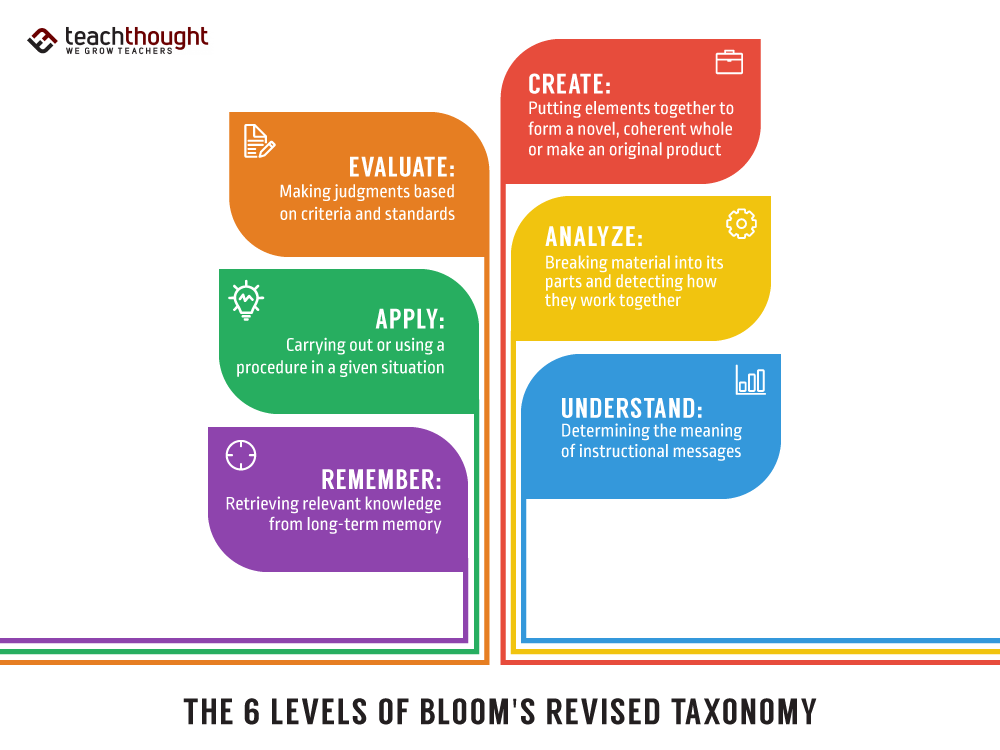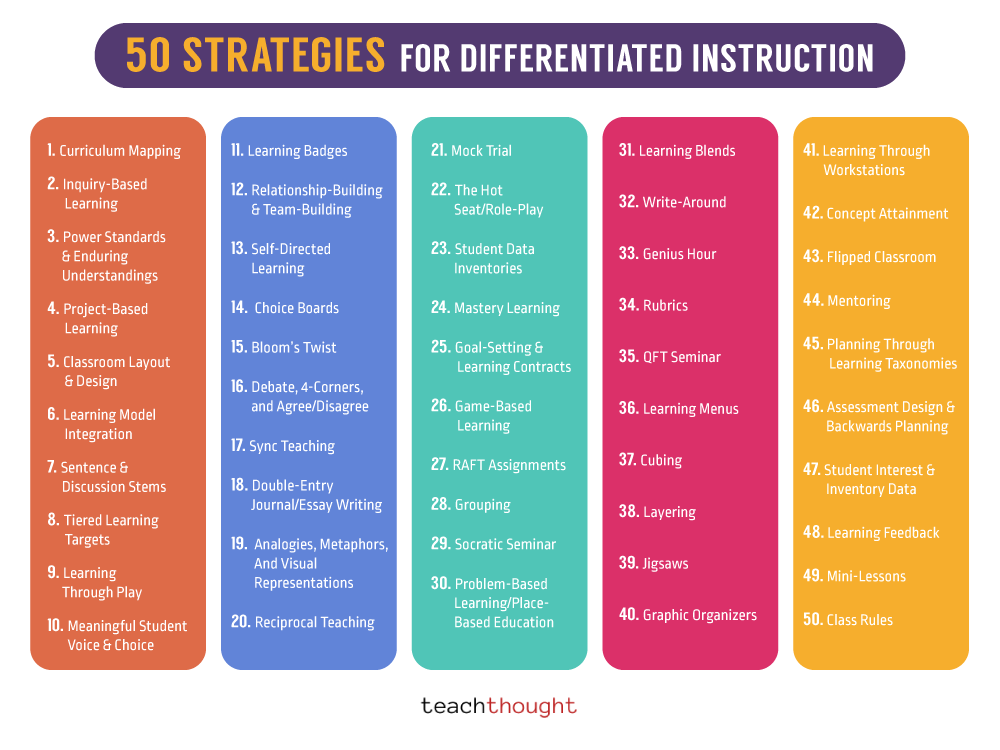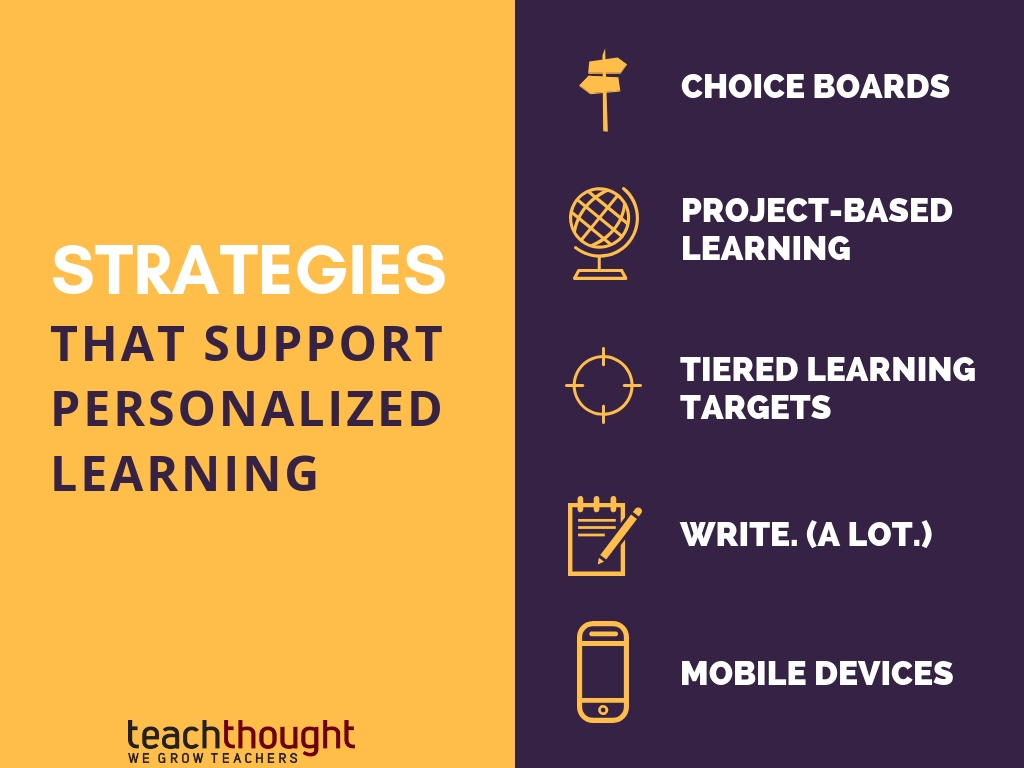Tag: Bloom's Taxonomy
Grade Differently: 7 Categories To Create Learning Badges
The effect of well-designed learning badges is a kind of encouragement mechanic that helps students see their own progress.
How To Write Lesson Objectives Using Bloom’s Taxonomy
Used correctly, Bloom’s Taxonomy can help you to write lesson objectives aligned with specific levels of cognitive complexity.
60 Smarter Ways To Use Google Classroom
Google Classroom excels in providing solutions for teachers. From tagging curriculum to exit slips, here are 60 ways to use Google Classroom.
6 Alternatives To Bloom’s Taxonomy For Teachers
Why might you need alternatives to Bloom’s Taxonomy? While wonderful, it neglects important ideas that see the whole child.
The Simplest Way To Slow The Summer Slide
Slowing the ‘summer slide’ through daily reading, writing, and ‘playing’ supports children in developing learning habits that endure.
What Is Bloom’s Revised Taxonomy?
Bloom’s Revised Taxonomy is an update that, among other changes, revised the language and hierarchy of the Cognitive Process Dimension.
The Ultimate List: 50 Strategies For Differentiated Instruction
Differentiation is a rational approach to meeting the needs of students but actually making it happen in the classroom can be a…
11 Personalized Learning Strategies That Work
A choice board is a simple personalized learning tool that provides scaffolding, tiering, use of Bloom’s, multiple learning styles, and more.
